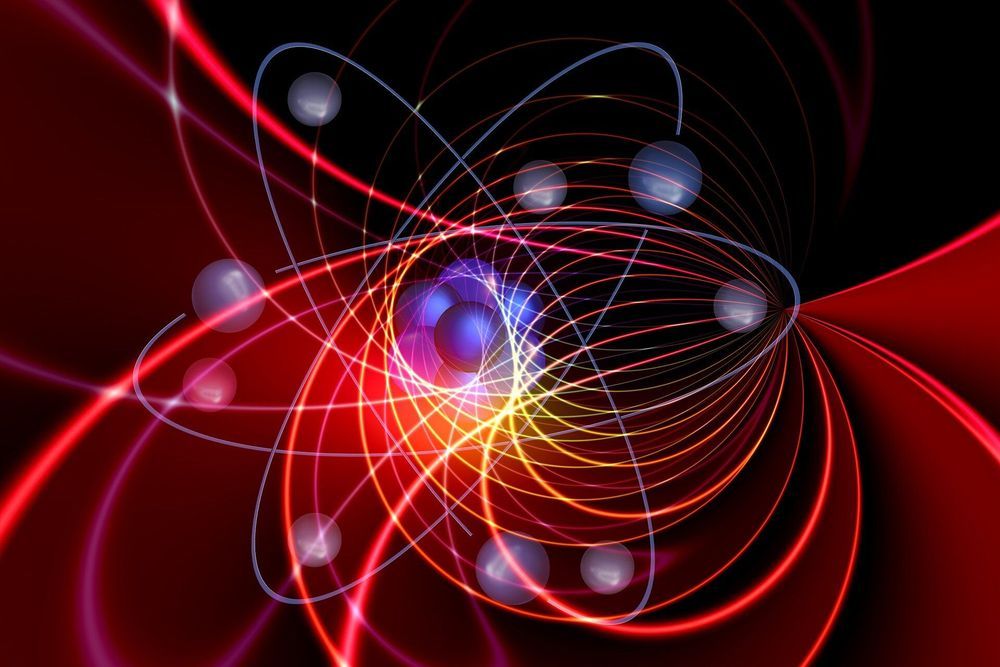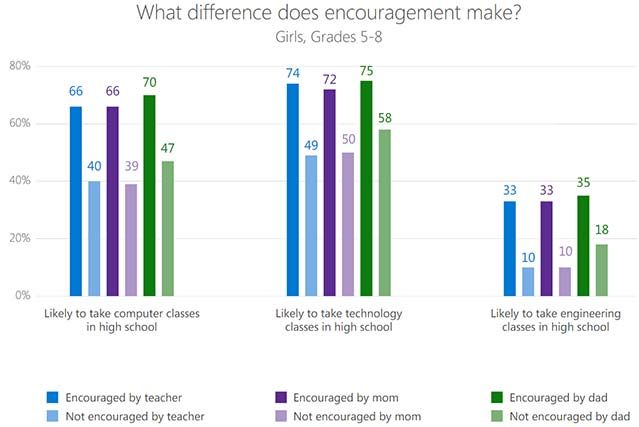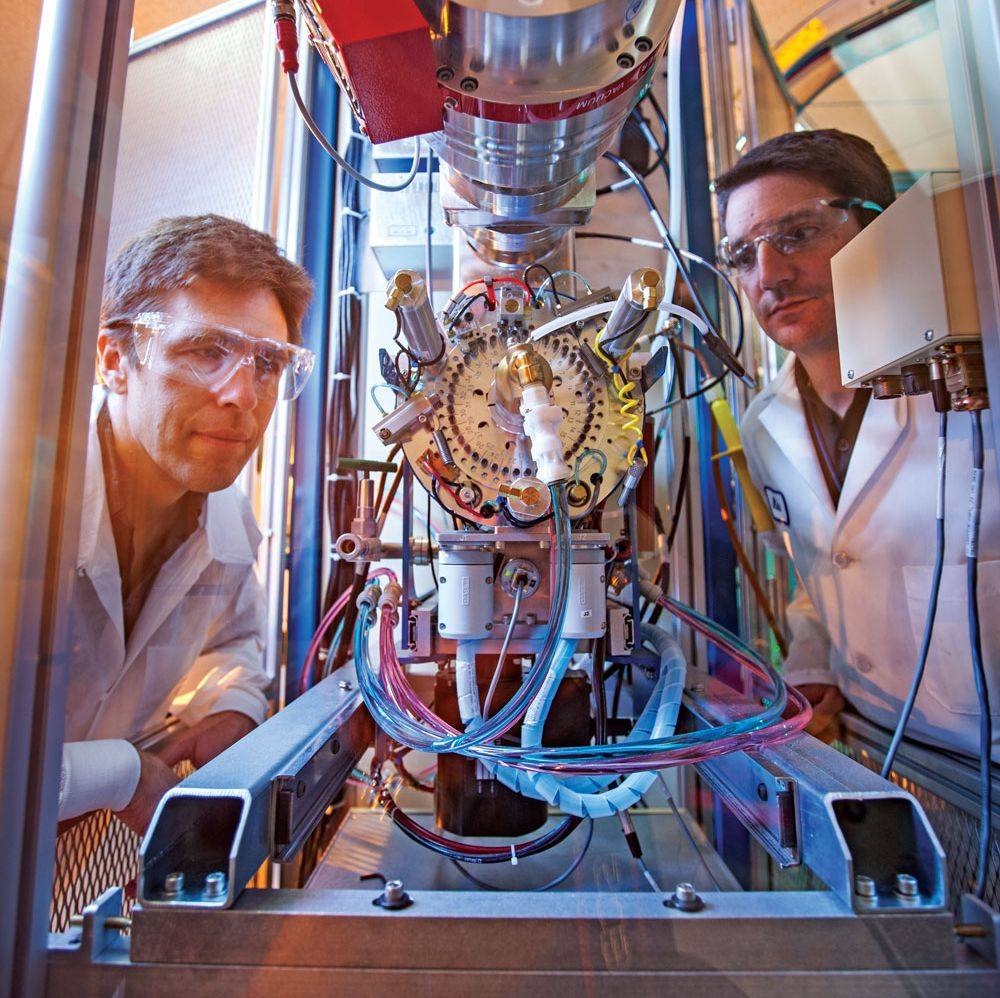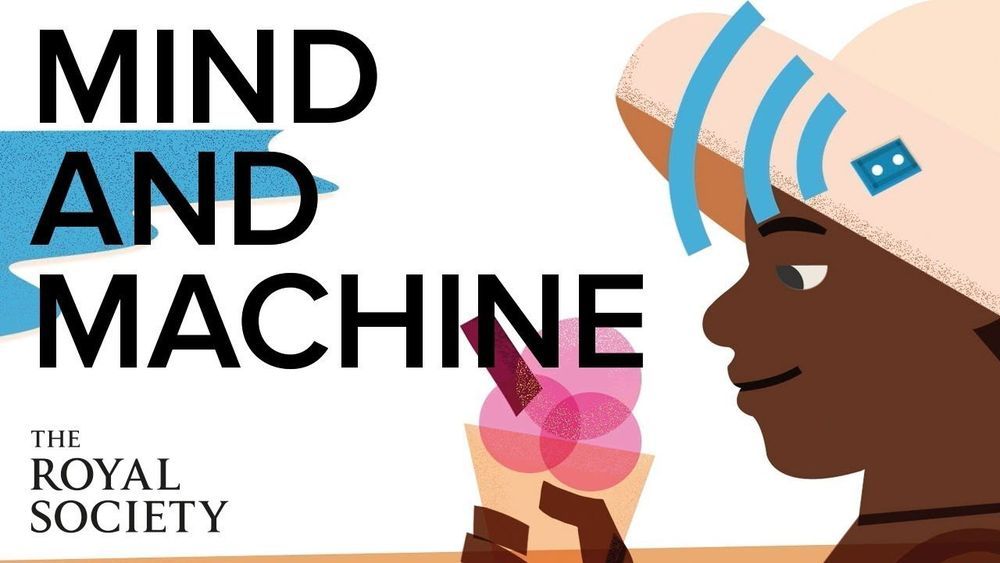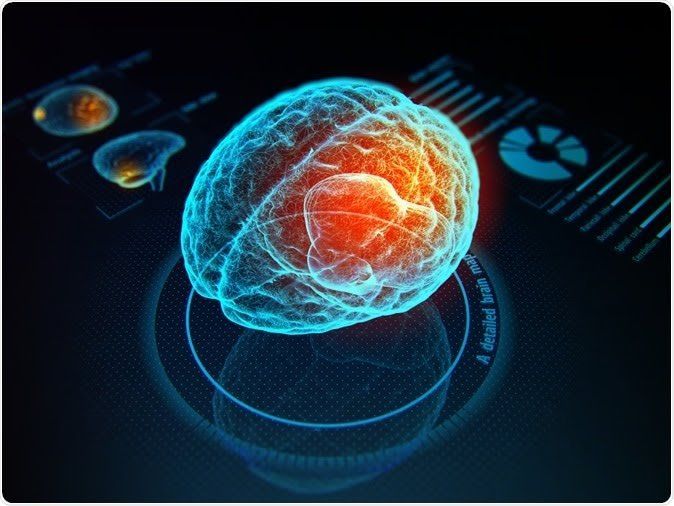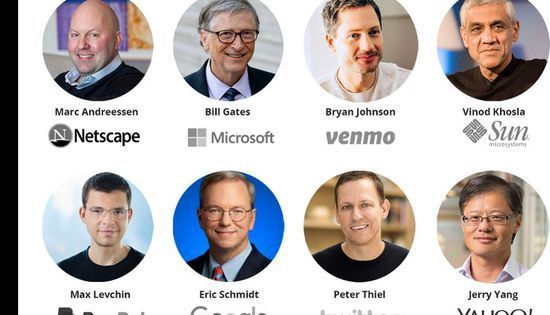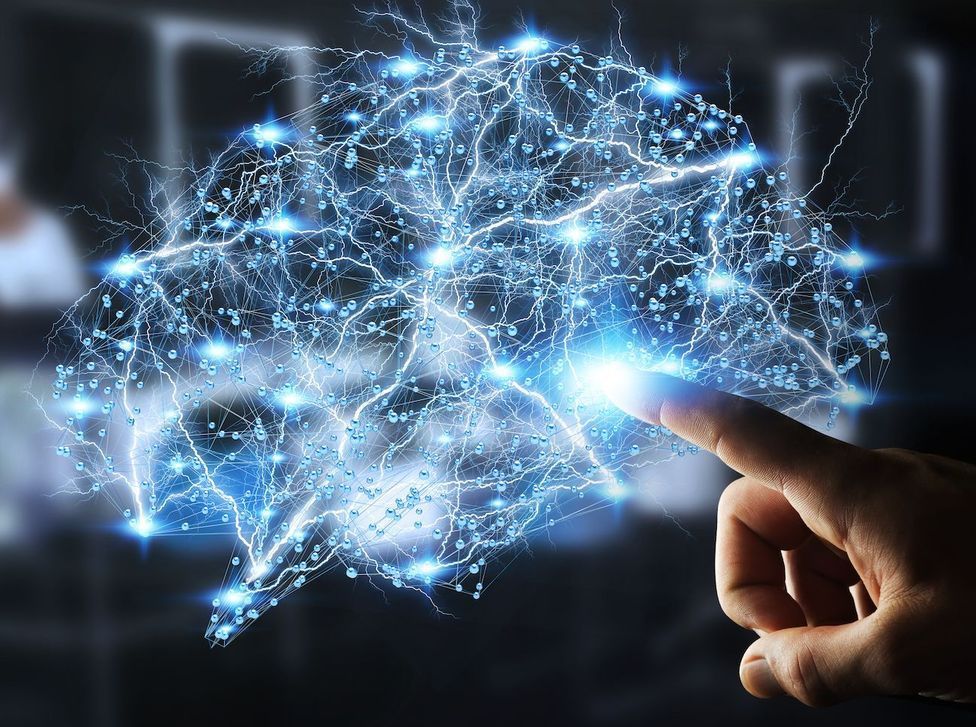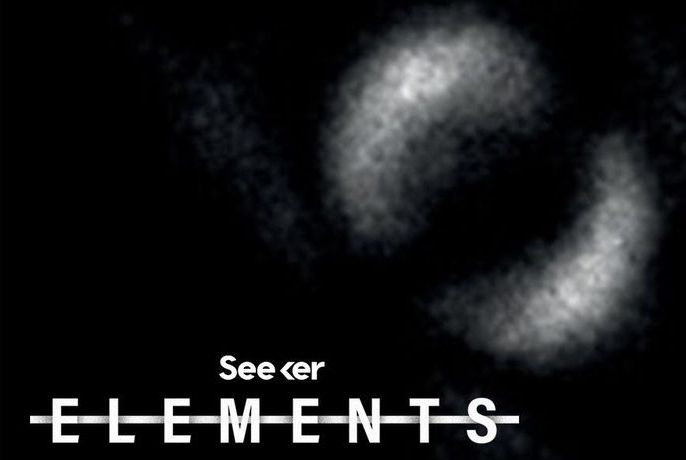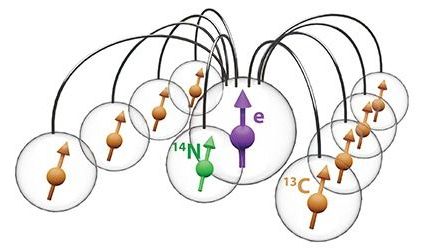Sep 16, 2019
Researchers advance noise cancelling for quantum computers
Posted by Genevieve Klien in categories: computing, quantum physics
A team from Dartmouth College and MIT has designed and conducted the first lab test to successfully detect and characterize a class of complex, “non-Gaussian” noise processes that are routinely encountered in superconducting quantum computing systems.
The characterization of non-Gaussian noise in superconducting quantum bits is a critical step toward making these systems more precise.
The joint study, published in Nature Communications, could help accelerate the realization of quantum computing systems. The experiment was based on earlier theoretical research conducted at Dartmouth and published in Physical Review Letters in 2016.
